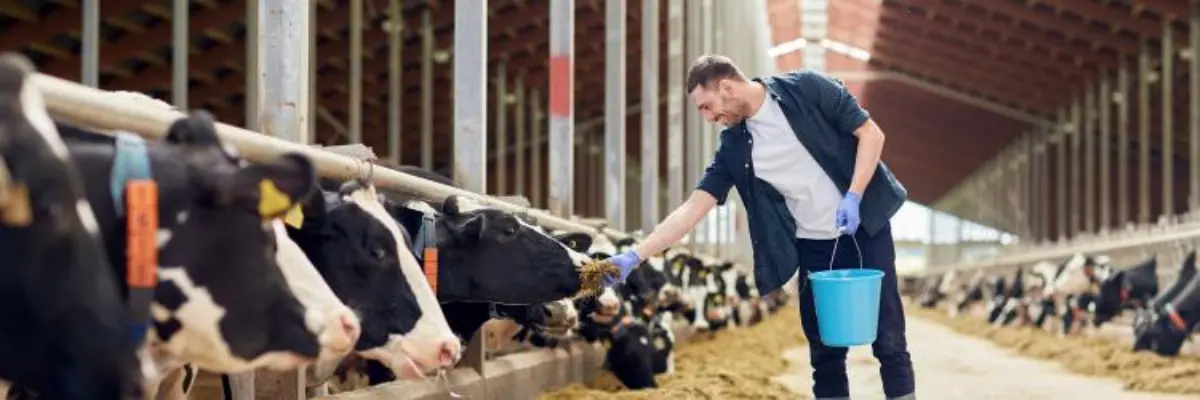
Do you want to access to this and other private contents?
Log in if you are a subscriber or click here to request service
Slaughter of cattle: assessment of welfare problems
Efsa: 40 hazards identified that could occur during killing

EFSA (European Food Safety Authority) has published an assessment of the welfare of cattle at the time of slaughter based on current scientific studies and research. The recent scientific opinion is part of a series of updates on the protection of animal welfare at slaughterhouses, requested by the European Commission, and follows on from assessments already published on poultry, rabbits and pigs.The...
hef - 14502
EFA News - European Food Agency
EFA News - European Food Agency